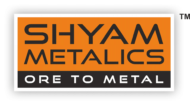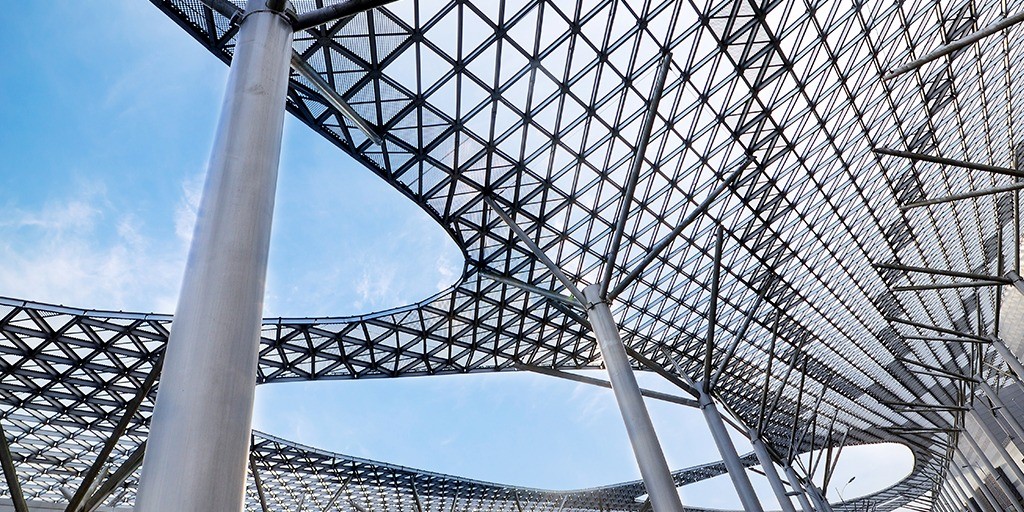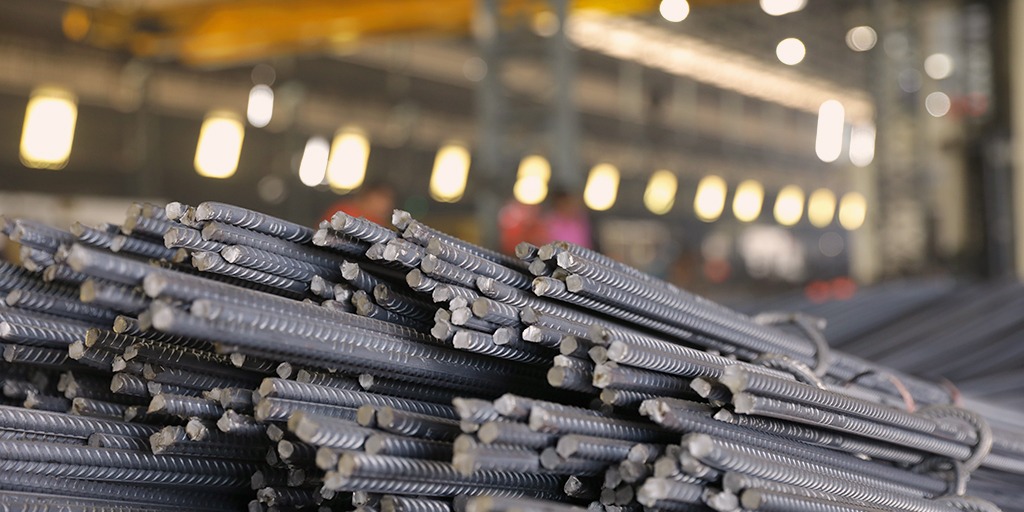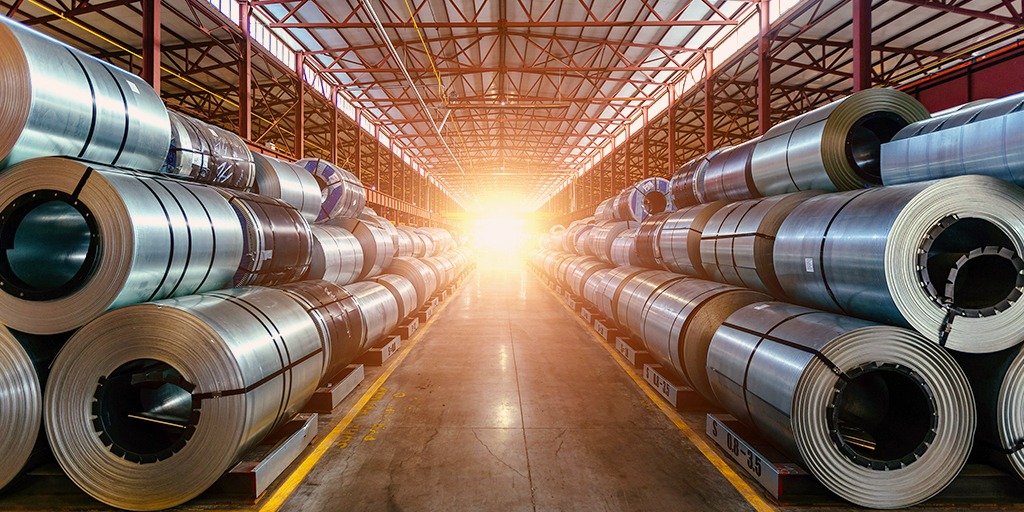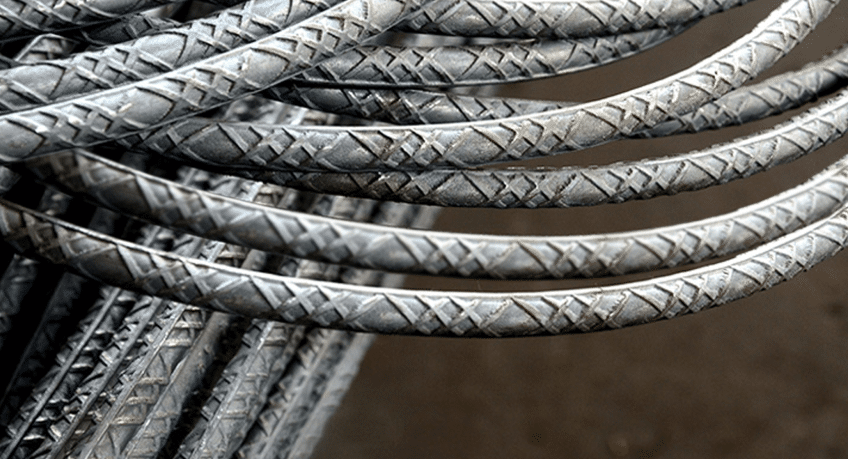
The Bend And Re-Bend Test Is A Must If You Want The Best Quality TMT Bars
Thermo mechanically treated (TMT) steel bars are corrosion-resistant steel reinforcing bars that form the backbone of concrete construction.
The best quality TMT bars are a unique amalgamation of strength and flexibility.
TMT steel bars are available in different grades, including Fe 415, Fe 500, Fe 550, and Fe 600, each signifying minimum yield strength. A higher grade entails more strength. IS Standards states that the Fe 500d Grade steel reinforcement bars are the best in terms of tensile strength and ductility.
TMT bars have high resistance to dynamic/seismic motions, making them safe to be used in earthquake-prone zones. The beauty of the TMT bar lies in its ability to elongate/deform before cracking. The elongation property enables the TMT bar to absorb the shock and retain the structural integrity in the event of an earthquake without breaking.
The manufacturing process accounts for most of the seismic resistance of TMT bars. German Thermex technology allows the outer layer to be rapidly cooled using a water-assisted quenching process, whereas the inner layer remains somewhat malleable when it cools at ambient temperature. The TMT bars become strong and flexible because of the two-phase cooling process. As a result, the building is better able to withstand the lateral movement caused by most earthquakes.
You May Like: What Makes TMT Bars So Flexible?
Although many TMT bar manufacturers in India boast about their quality, they cannot be tested by ordinary means of touch, feel, or sight. The good news is that an individual can perform the bend and re-bend test to evaluate both the proposed ductility and soundness of the material. Know about the Essential Tests To Ensure The Best Quality TMT Bars.
So, let us take you through the purpose of a bend and re-bend test and the correct way of conducting it.
What is the purpose of the bend and re-bend test in TMT bars?
The bending test of TMT bars is performed to test the steel ductility without affecting the steel strength. Conversely, the re-bend test is used to measure the effects of strain aging on steel. In steel, embrittlement can occur due to the diffusion of nitrogen after cold deformation that occurs with strain aging.
What is the procedure of the bending test?
The bending test should be conducted as per IS 1599 and using appropriately sized mandrels as specified in IS 1786.
TMT bars should be bent at the midpoint to 180 degrees, following which you must check for cracks and fractures opposite to the bent side (which got the tension). It must be visible to you with normal or corrected vision. If there are no issues, the bar has passed the bend test. Know about The Bar Bending Schedule of TMT Bars.
What is the procedure of the re-bending test?
In the re-bend test, the bar is bent at an angle of 135 degrees. Keep the TMT bar in boiling water at 100 degrees for 30 minutes, followed by cooling down the same. Once cooled, twist it again to 157.5 degrees and check for rupture or cracks. The TMT bar shall be deemed to have passed the test if there is no rupture or crack visible at the bend portion (tension zone) to a person with normal vision.
Few things to keep in mind while performing the bend and re-bend test
- When bending, it’s essential to do so slowly and gradually. The performance requires no vibration.
- A minimum bend radius is listed for each bar size, and they should be as per the relative standards. Erroneous bending can seriously harm the strength of steel reinforcement.
- Using a hammer is strictly forbidden for bending the pipe.
- Mud and dirt should never be allowed to collect on TMT bars.
- Temperature parameters should be adhered to as per the code to achieve accurate results. This is because the risk of fracture increases when temperatures fall since steel becomes brittle at low temperatures.
Wrapping up
We at ShyamMetalics have a consistent track record of maintaining a well-diversified product portfolio comprising Sponge Iron, Ferro Alloys, MS & CRS Billet, TMT, Structural, Pipes, Pellets. We pride on the fact that our best quality TMT bars confirm IS 1786:2008 standards for Fe 415, Fe500D and CRS Grade.
